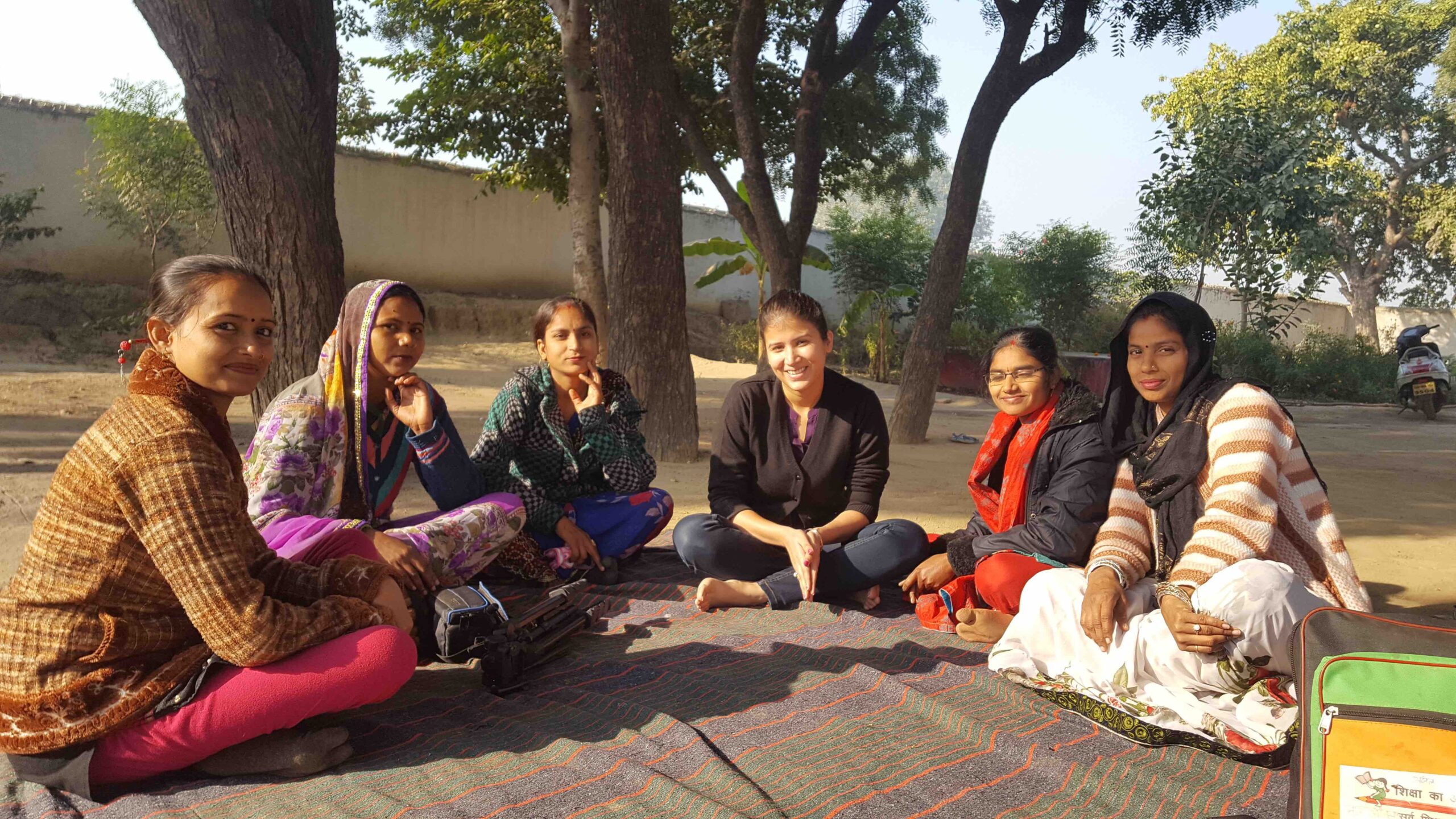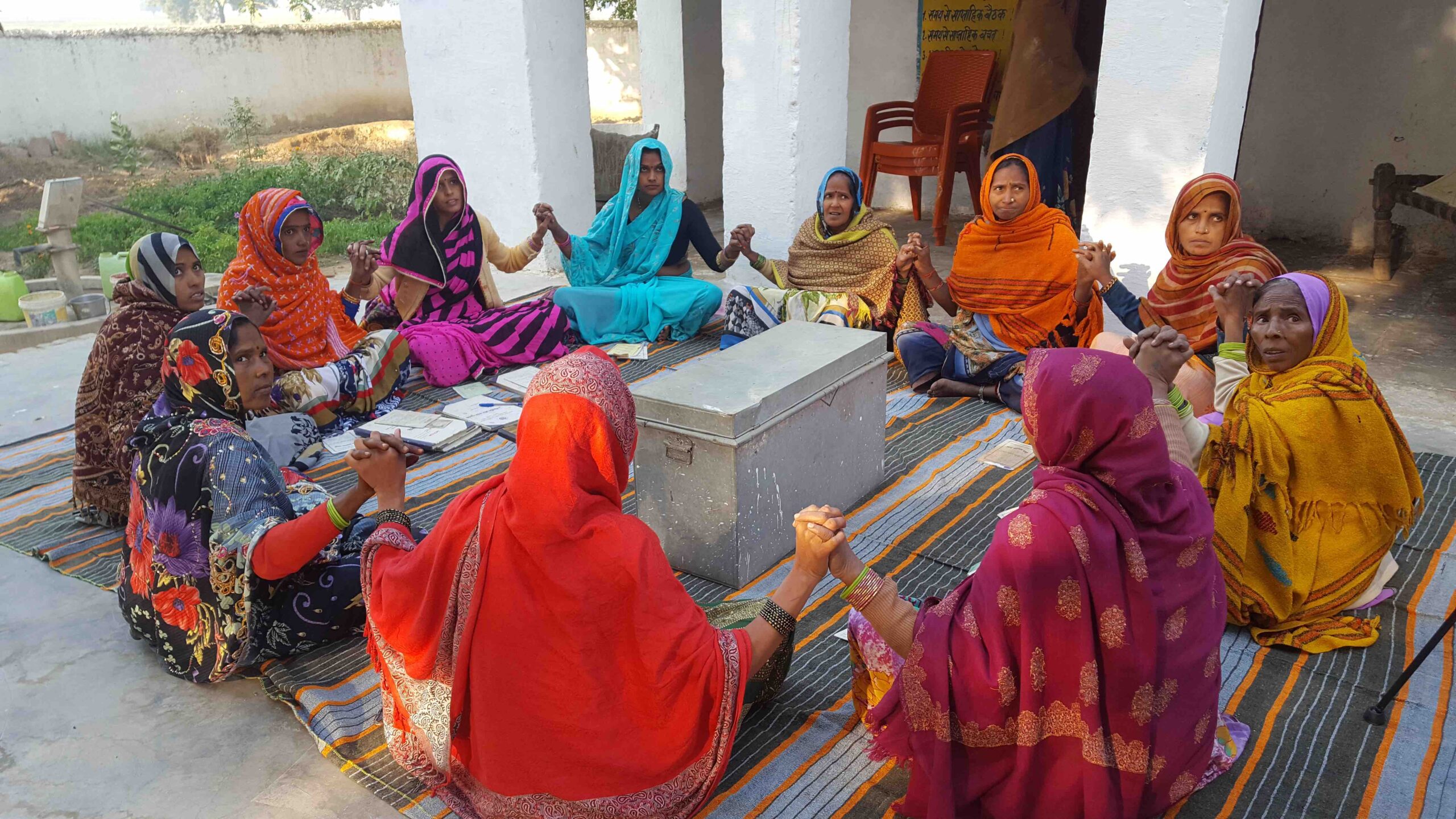2.5 billion smallholder farmers globally make daily decisions to protect their livelihoods and feed their communities. These farmers receive a staggering amount of information each day from government extension agents, private agribusinesses, and NGOs. With little coordination between these actors, farmers are given information and services that they didn’t demand and can’t use and are forced to make decisions about who they can trust. As climate change increasingly threatens production, and as supply chains are disrupted by crises like COVID-19, the divide between what is needed and what is offered continues to grow.
We have been working towards developing agri-tech solutions to boost the incomes of small-scale farmers. Building on more than ten years of experience with 2 million farmers across South Asia and Sub-Saharan Africa, we’re now leading the development of FarmStack, an agricultural data-sharing platform to enable organizations and individuals to transfer data through peer-to-peer connectors governed by usage policies that codify data sovereignty and control.
On August 20th, we were invited along with Hewlett Packard Enterprise & Microsoft to participate in a World Bank led webinar series on ‘Co-creating an industry standard for sharing agricultural data globally’. The discussions focused on farmers and the organizations that serve them don’t have an easy and secure way to exchange data which leads to fragmentation and silos; and
- We need to co-create a public infrastructure that automates the discovery, transfer, and transformation of agricultural data to address this challenge.
There will be two parts of the session; in the first part Rikin Gandhi, co-founder of Digital Green, will present the motivation & architecture of FarmStack with practical use cases. The second part will be a conversation with Lin Nease from Hewlett Packard Enterprises & Ranveer Chandra from Microsoft, on ways to co-create public infrastructure to automate the discovery, transfer, and transformation of agricultural data.
Rikin Gandhi from Digital Green shared the journey of why DG first decided to develop FarmStack, an agricultural data-sharing platform that enables data transfer through peer to peer connectors governed by usage policies that codify data sovereignty and control. He shared the vision for a decentralized architecture & how this effort fits alongside others (e.g., via CGIAR big data, GEMS, World Bank, HPE, GovLab, etc). With an example of a chili farmer in India, he shared how FarmStack can power multiple use cases (You can find his presentation here & a video link to an example use case here)
Rikin was then joined by Lin Nease from HPE, and Ranveer Chandra from Microsoft in a discussion on how each organization is trying to address challenges ranging from data discovery, privacy, security, and balancing incentives. Lin shared how they are supporting automated data discovery by developing data pipelines to enable easier exchange of data, data flow tracking, and data that is easier to find; & Ranveer shared Microsoft’s pioneering work with FarmBeats to make data more usable through visualizations & analytics, as well as more secure through Microsoft Azure’s Confidential Compute service for hardware-level encryption. They discussed the wide variation in availability and quality of data between the Global South and North.
Stewart Collis from the Bill & Melinda Gates Foundation highlighted the efforts of Gates Foundation & USAID to support the development of a supportive data ecosystem as a key enabling factor and encouraged all actors to consider how their actions and policies contribute to data governance norms and the emerging ecosystem. Laura Ralston from World Bank urged the group to look at data regulations & its implications, and find champions who can drive this effort forward.
Finally, Parmesh Shah from World Bank guided us through audience questions on implications of government policies (e.g., GDPR), the role of blockchain technology while continuing to highlight the importance of involving national and local governments in owning and sustaining such data-sharing platforms.
In case you missed it, you can watch the recording right here! We look forward to hearing your ideas and learning from your experience at contact@digitalgreen.org

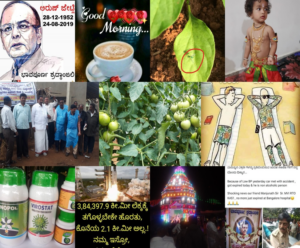
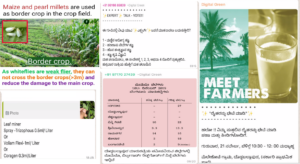
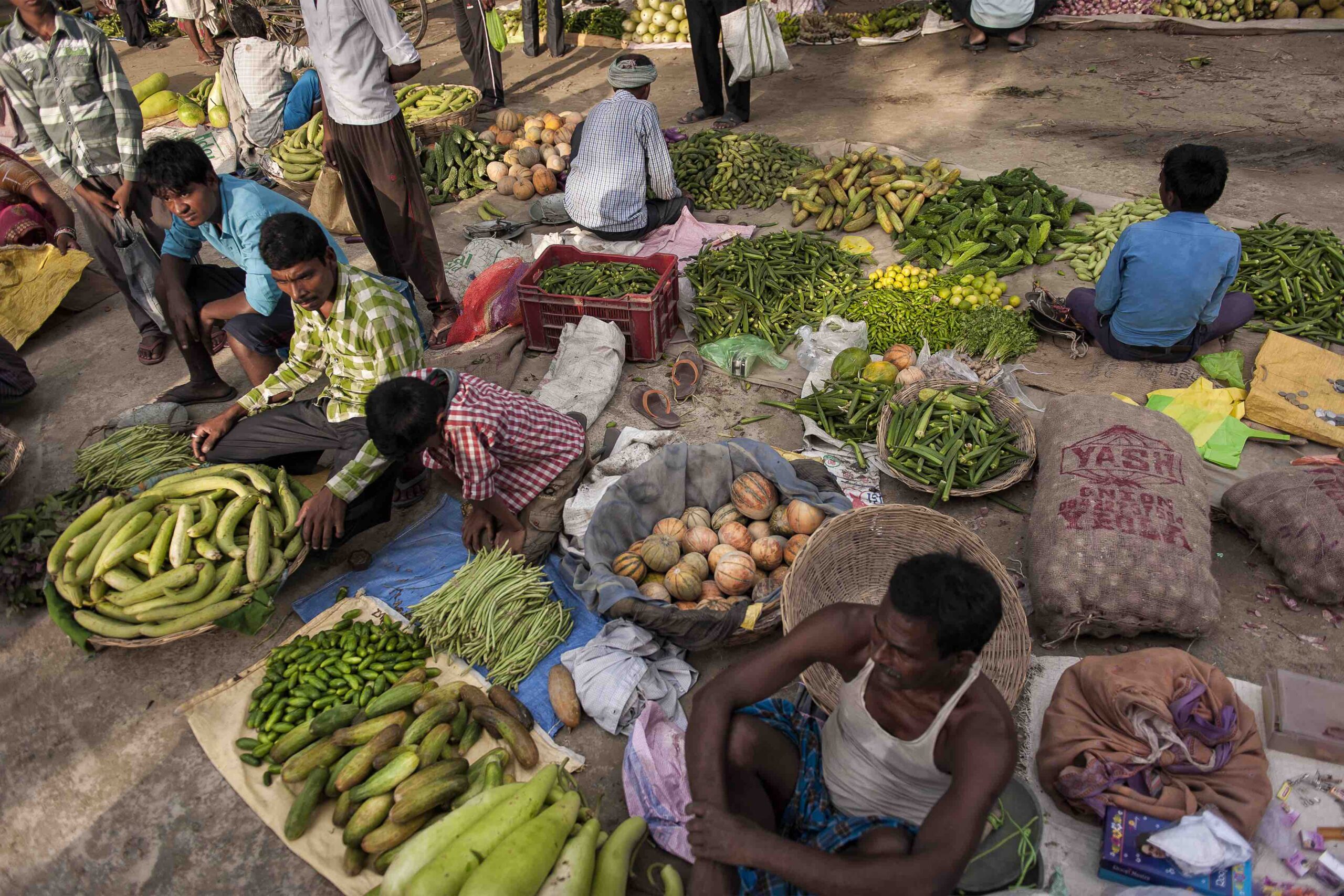


 eputy Program Manager: Since the beginning of the pandemic, I have been following the updates and been worried about my family’s health. As both my wife (Srilatha) and I travel frequently for work, we were worried that we may carry the virus home. Luckily, both our organizations have allowed us the option to work from home even before the Government of India took the decision to lock down the country for 21 days and that helped us prepare ourselves – arrange internet connection at home, buy groceries, and medicine for our parents.
eputy Program Manager: Since the beginning of the pandemic, I have been following the updates and been worried about my family’s health. As both my wife (Srilatha) and I travel frequently for work, we were worried that we may carry the virus home. Luckily, both our organizations have allowed us the option to work from home even before the Government of India took the decision to lock down the country for 21 days and that helped us prepare ourselves – arrange internet connection at home, buy groceries, and medicine for our parents. Ranga Charyulu, Program Manager: This is a unique experience. My work is mainly in the field and at the partner’s offices and includes frequent travel. I am not used to spending so much time at home. But now we are managing work through our laptops and mobile phones form home. I’ve been keeping in touch with the various partner staff and field functionaries over the phone and we all start our calls by inquiring about each other’s and our families’ wellbeing. Regular contact with our teams, catching up on the situation in and around where we all work and chatting about our families helps set the mood right and keeps our spirits high.
Ranga Charyulu, Program Manager: This is a unique experience. My work is mainly in the field and at the partner’s offices and includes frequent travel. I am not used to spending so much time at home. But now we are managing work through our laptops and mobile phones form home. I’ve been keeping in touch with the various partner staff and field functionaries over the phone and we all start our calls by inquiring about each other’s and our families’ wellbeing. Regular contact with our teams, catching up on the situation in and around where we all work and chatting about our families helps set the mood right and keeps our spirits high. Amitesh Anand, Program Manager: As the whole world goes through this life-changing event how can we be left untouched. For me, working from home is an entirely new concept and I have mixed feelings about it. Initially, I was confused but gradually I got into a schedule much like my usual day when I would go to the office – trying to trick my brain into believing I had that same routine. I would wake at 6:30 AM and leave for my office (room upstairs) by 9:30 AM after having my breakfast and saying goodby to my wife and son, have my lunch at 1:30 PM and come back downstairs at 5:30 PM. This new office is pet friendly 🙂
Amitesh Anand, Program Manager: As the whole world goes through this life-changing event how can we be left untouched. For me, working from home is an entirely new concept and I have mixed feelings about it. Initially, I was confused but gradually I got into a schedule much like my usual day when I would go to the office – trying to trick my brain into believing I had that same routine. I would wake at 6:30 AM and leave for my office (room upstairs) by 9:30 AM after having my breakfast and saying goodby to my wife and son, have my lunch at 1:30 PM and come back downstairs at 5:30 PM. This new office is pet friendly 🙂
 emed very difficult, but now I’m getting into the habit. Most of my work requires in-person meetings with our partners. But everyone’s got to figure out a way to continue doing their work while remaining quarantined. I’m trying to keep in touch with the National Health Mission team members, get regular field updates, manage data entry, etc. Along with this, I am also taking care of myself and my family’s health and hygiene.
emed very difficult, but now I’m getting into the habit. Most of my work requires in-person meetings with our partners. But everyone’s got to figure out a way to continue doing their work while remaining quarantined. I’m trying to keep in touch with the National Health Mission team members, get regular field updates, manage data entry, etc. Along with this, I am also taking care of myself and my family’s health and hygiene.
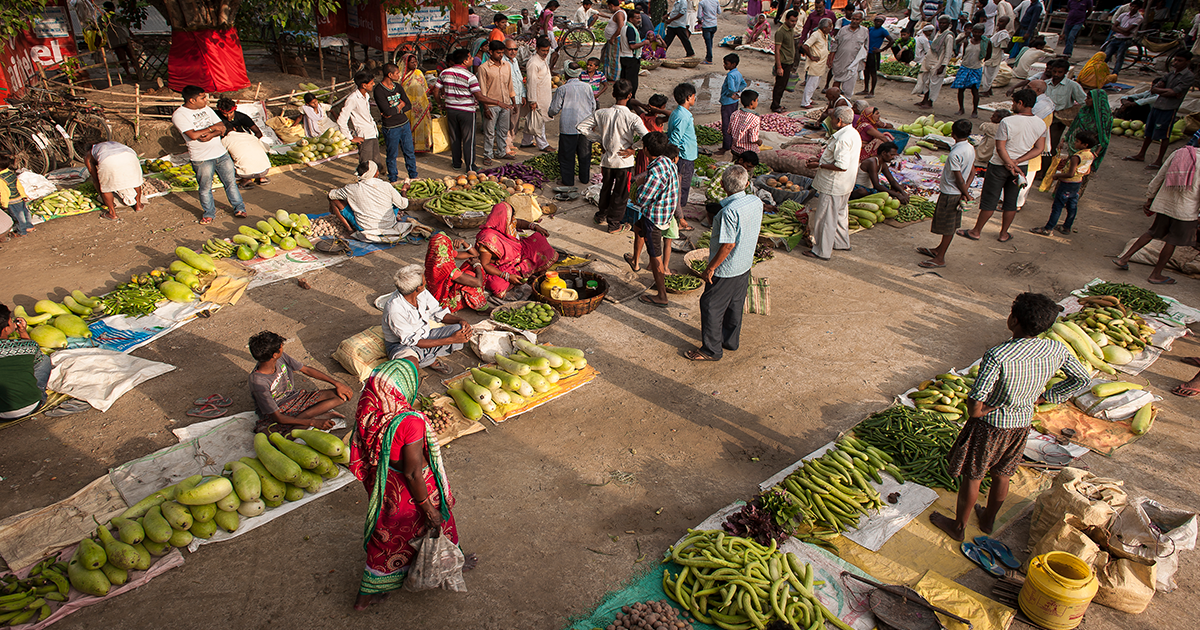
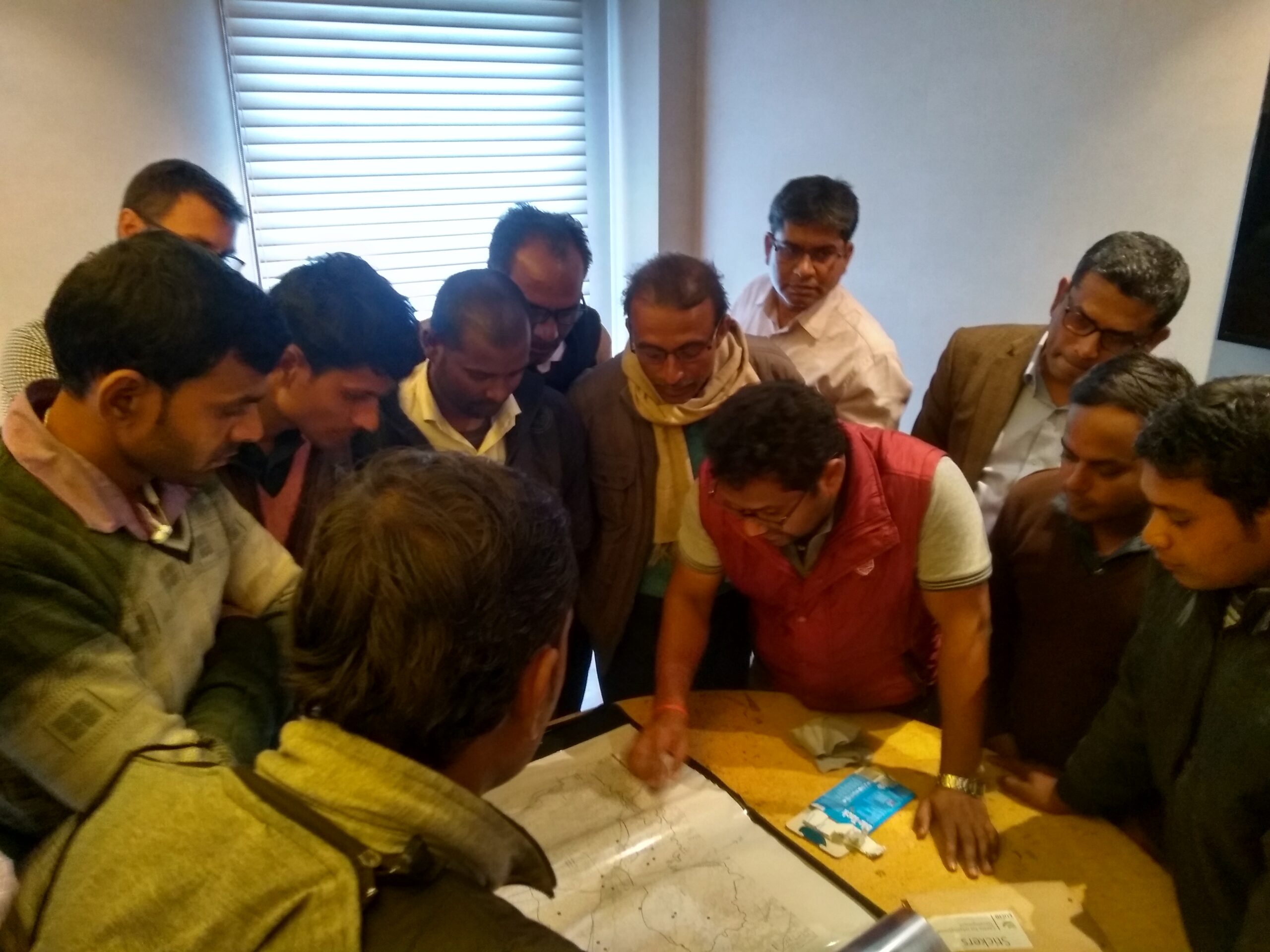
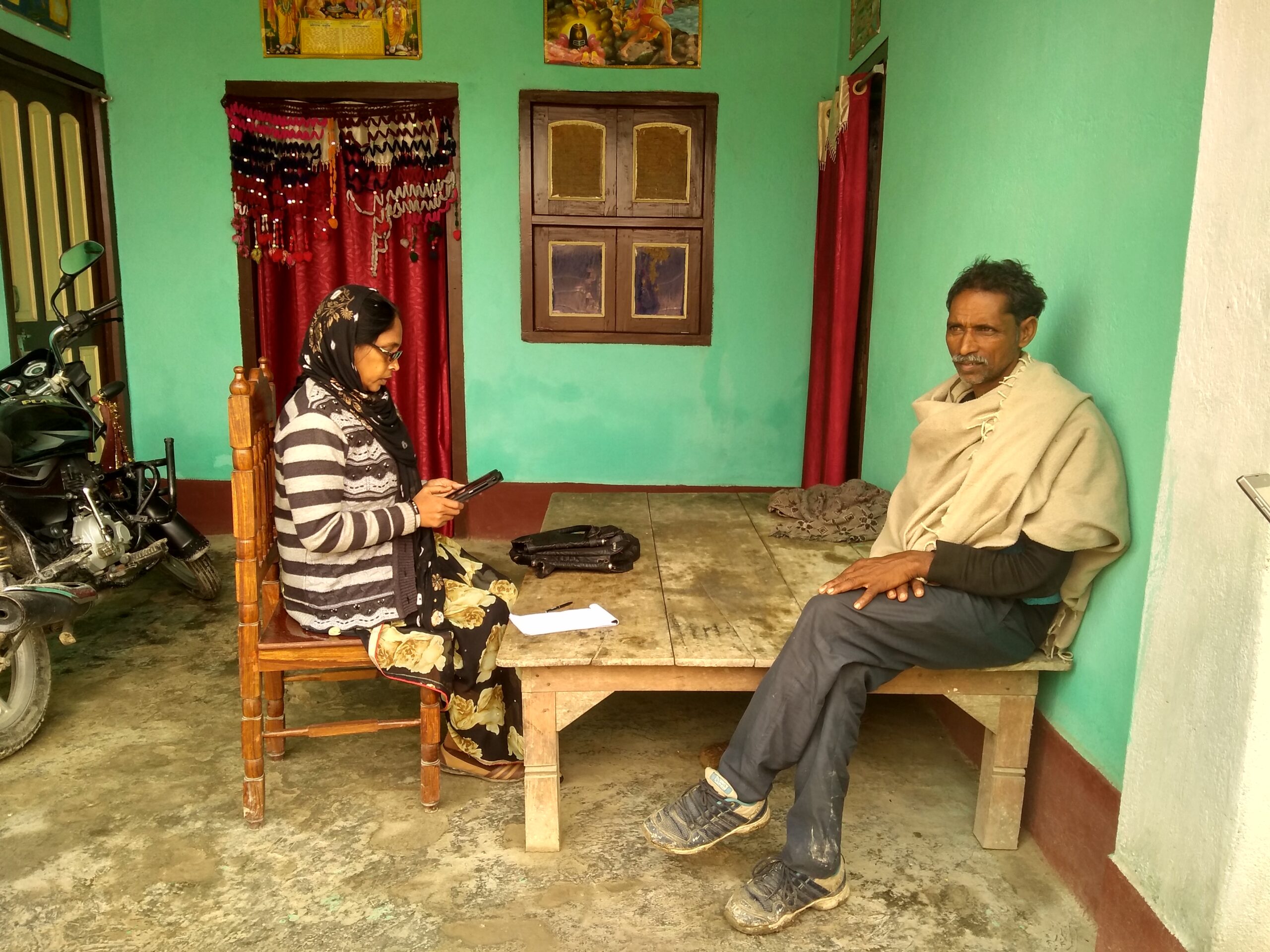
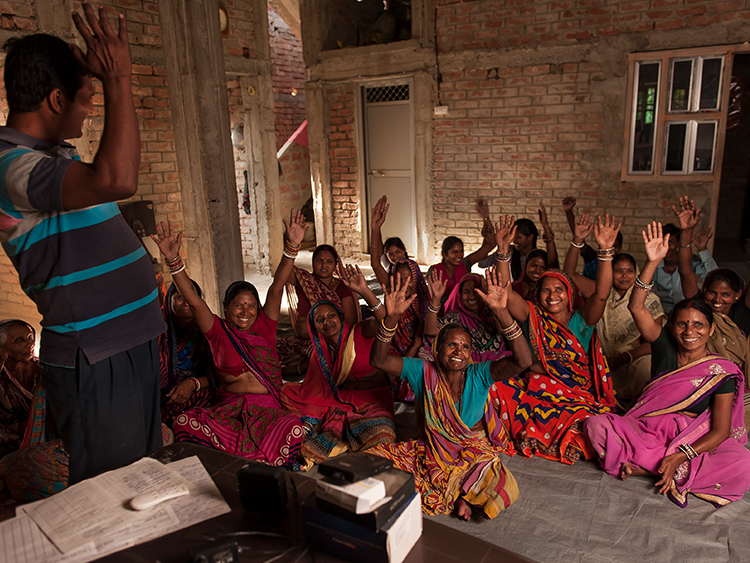


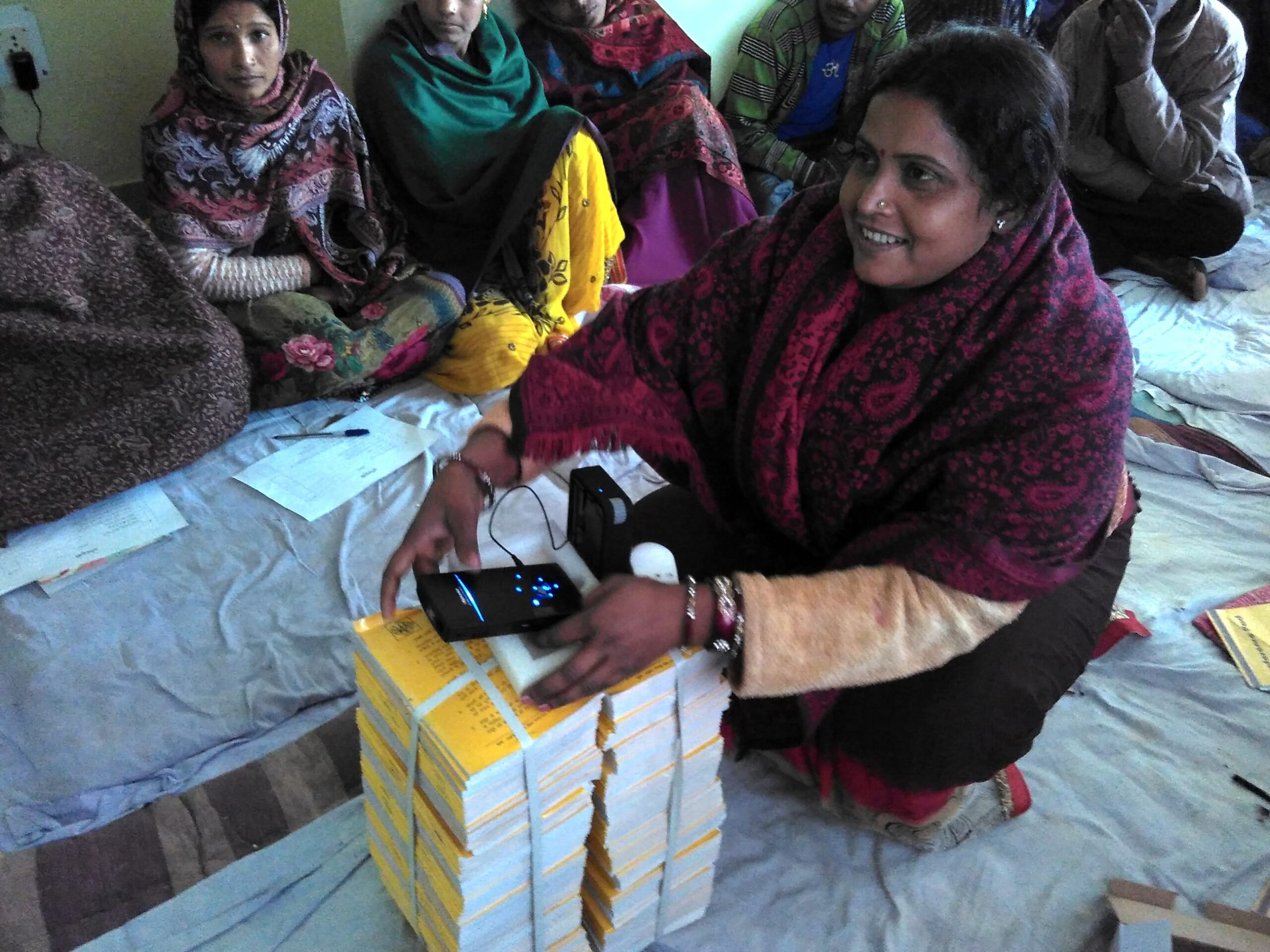 hain have injected an entrepreneurial mindset in the rural women which can be harnessed to develop enterprise models. It is so energizing to see rural women making videos or disseminating them, holding discussions on the pros and cons of various practices. Apart from promoting good practices, this approach has resulted in empowering them in a variety of ways. I have been personally struck by their self-confidence every time I have watched a video dissemination in a village or interacted with them.
hain have injected an entrepreneurial mindset in the rural women which can be harnessed to develop enterprise models. It is so energizing to see rural women making videos or disseminating them, holding discussions on the pros and cons of various practices. Apart from promoting good practices, this approach has resulted in empowering them in a variety of ways. I have been personally struck by their self-confidence every time I have watched a video dissemination in a village or interacted with them.
